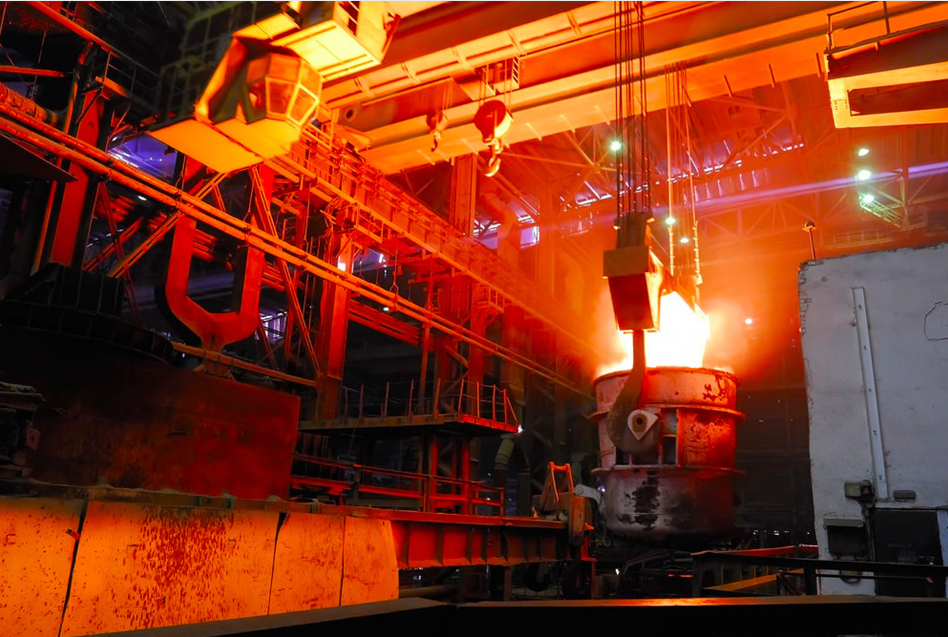Introduction
Metal casting is a widely used manufacturing process that involves pouring molten metal into a mold to obtain a desired shape. It is a critical step in the production of various components used in industries such as automotive, aerospace, and machinery. Over the years, numerous casting techniques have been developed to improve the quality, efficiency, and cost-effectiveness of the process. One such technique that has gained significant attention is squeeze casting. In this article, we will explore the concept of squeeze casting and its advantages over traditional casting methods.
What is Squeeze Casting?
Squeeze casting, also known as liquid metal forging, is an advanced metal casting technique that combines elements of both casting and forging processes. It involves the application of pressure on the molten metal during solidification, resulting in improved mechanical properties and reduced defects in the final product. The pressure is applied using a hydraulic press, which compresses the molten metal in the mold cavity, forcing any trapped gas or impurities to escape.
Process of Squeeze Casting
The process of squeeze casting starts with the preparation of the mold, which is usually made of steel or graphite. The mold is preheated to a specific temperature to ensure proper solidification of the molten metal. The molten metal, usually an alloy, is then poured into the mold cavity. As the metal begins to solidify, a hydraulic press applies pressure to the mold, compressing the material. The pressure is maintained until complete solidification occurs. Once solidified, the mold is opened, and the final cast component is removed.
Advantages of Squeeze Casting
Squeeze casting offers several advantages over traditional casting methods, making it a highly efficient technique. Some of these advantages include:
1. Improved Mechanical Properties: The application of pressure during solidification results in a finer and more uniform microstructure, leading to enhanced mechanical properties of the final product. Components produced through squeeze casting exhibit higher strength, better fatigue resistance, and improved dimensional accuracy.
2. Reduced Porosity: The pressure applied during squeeze casting helps eliminate or minimize porosity, which is a common defect in traditional casting methods. The denser structure achieved through squeeze casting results in components with excellent surface finish and increased integrity.
3. Enhanced Heat Transfer: Squeeze casting allows for better heat transfer between the molten metal and the mold, leading to faster solidification and reduced cycle time. This not only improves productivity but also reduces energy consumption, making the process more cost-effective.
4. Wide Range of Material Choices: Squeeze casting can be used with a variety of materials, including aluminum, magnesium, copper, and their alloys. This versatility makes it suitable for producing components with diverse mechanical and chemical properties.
5. Complex Geometries: Squeeze casting enables the production of components with intricate shapes and thin walls that are difficult to achieve through traditional casting methods. This opens up new possibilities for designers and engineers to create innovative and lightweight products.

Applications of Squeeze Casting
Squeeze casting finds applications in various industries where high-quality components with superior mechanical properties are required. Some common applications include automotive engine and transmission parts, aerospace components, electronic enclosures, and sporting goods. The ability to produce lightweight yet strong components makes squeeze casting particularly valuable in industries striving for fuel efficiency and improved performance.
Conclusion
Squeeze casting is a highly efficient metal casting technique that offers numerous advantages over traditional casting methods. By applying pressure during solidification, squeeze casting produces components with improved mechanical properties, reduced defects, and faster cycle times. Its versatility and ability to produce complex geometries make it suitable for a wide range of applications in industries such as automotive, aerospace, and machinery. As manufacturing technologies continue to evolve, squeeze casting is expected to play an increasingly important role in the production of high-quality metal components.
-

- Magnesíum álfelgur steyptur bílahluti miðstýringarhlíf
-

- Reiðhjólahlutir og íhlutir úr magnesíumblendi fyrir krakkahjól
-

- Magnesium alloy die-casting Auto parts Front bumper Anti-collision beam
-

- Heildsölu magnesíumblendi barnahjól fyrir 3 til 5 ára 12 tommu krakkahjól OEM Ódýrt
-

- Hár nákvæmni magnesíum thixomolding hluti UAV hlíf
-

- OEM háþrýstisteypa magnesíum álfelgur fyrir rafhjól

 0086-750-5616188
0086-750-5616188 +86 13392089688
+86 13392089688 sales@zhongmei-tech.com
sales@zhongmei-tech.com







